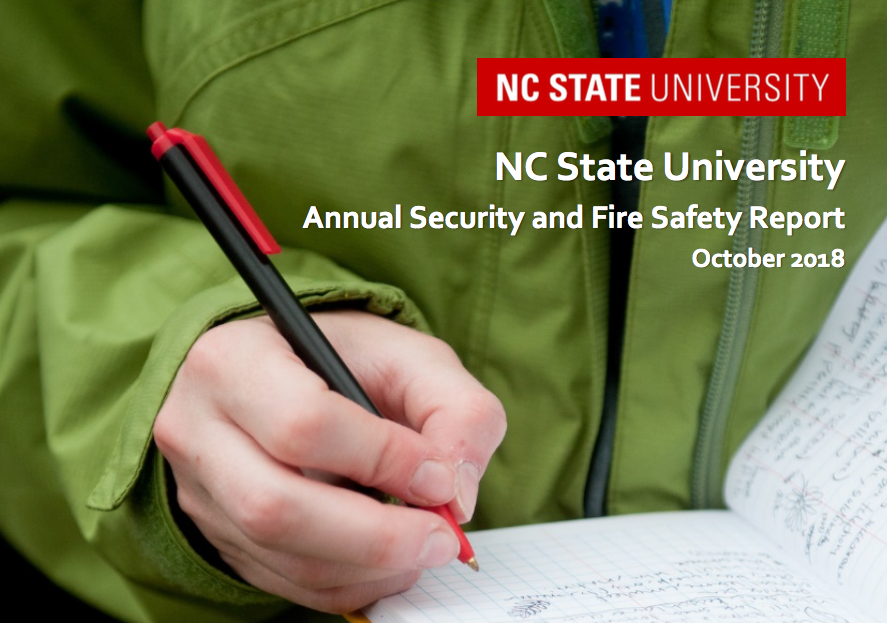The 2018 Annual Security and Fire Safety Report showed increases in reporting of sexual assault and dating violence as well as decreases in alcohol and other drug violations.
Every year, University Police is required to release a Security and Fire Safety report disclosing campus crime statistics and security information to the public in accordance with the Clery Act.
Major Ian Kendrick of University Police said the report shows all incidents of crime on campus from the last calendar year, 2017, which is why the statistics do not include the previous semester.
Kendrick talked about the meaning of the increase of reported instances of sexual assault. According to Kendrick, this is because students have more ways they can report these incidents.
“What we’ve seen is not the increase of the actual occurrences, we’ve actually seen an increase in the reporting, which is fantastic because there’s more outlets for people to report,” Kendrick said. “They can do it anonymously to us, they can do it anonymously to places like the Women’s Center, OIED, they can do it anonymously to a bunch of folks on campus called CSAs.”
Campus Security Authorities (CSAs) are individuals such as resident advisers who are designated by the Clery Act and the university to report any criminal activity that occurs on campus. Kendrick said that encouraging survivors to report occurrences has been a collaboration with other campus partners.
“It’s a collaboration not only with OIED, but a collaboration with the Office of Student Conduct and some other entities on campus,” Kendrick said. “If somebody reports something to one CSA and they go and report it to another CSA, those CSAs are required to report to us.”
Kendrick said that when University Police receives reports, they go through a vetting process to make sure that there are not any duplicates of the report and make sure that they are accurately categorized.
“We have a way to vet out if they’re the same incident or they’re going to be a separate incident,” Kendrick said. “We want those numbers to be as accurate as possible without over- or under-reporting.”
Kendrick said that he hopes that more students report instances of sexual assault so that they can also be given the resources to help them heal.
“We encourage you to come forward,” Kendrick said. “Even if you don’t want to prosecute or have it investigated, we want you to come forward and want you to at least get connected with the resources where we can help you through this path of recovery and coping and so forth.”
In the Annual Security and Fire Safety Report, it shows that there has been a decrease in the number of disciplinary referrals and arrests with liquor law violations as well as arrests with drug violations. Kendrick said that those numbers are a result of the university putting more emphasis on prevention education.
“I think it’s something to be proud of for the university because over the preceding several years, when they instituted the AlcoholEDU program, that’s the institution’s way of first getting in touch with and educating new students,” Kendrick said.
Kendrick said that education on alcohol and other drugs begins right at the beginning of a student’s career at NC State.
“Our education really starts at a new student orientation,” Kendrick said. “That’s our first opportunity to really engage with the new students coming into NC State, whether they’re freshmen, whether they’re transfers … that’s our opportunity to start our conversation about drugs and some of the implications and ramifications of drug use on campus.”
According to Kendrick, that continues through safety programming in residence halls and for various entities on campus. He also stated that even for students who committed drug violations, that situation is viewed as an opportunity to educate.
Kendrick said that there’s a need for University Police to not act as enforcement all of the time, rather act as a resource to help with prevention.
“We may be here on occasion to do enforcement,” Kendrick said. “But ultimately we are a resource for the university, particularly from the educational and prevention component of it. … Ultimately our goal is to educate and hopefully prevent behaviors from developing or continuing.”








